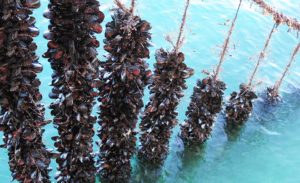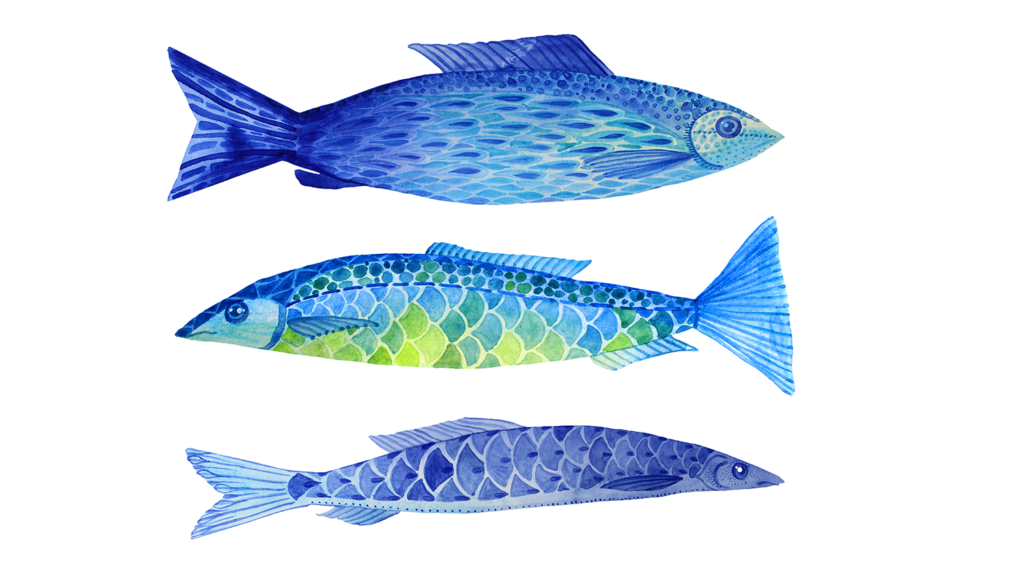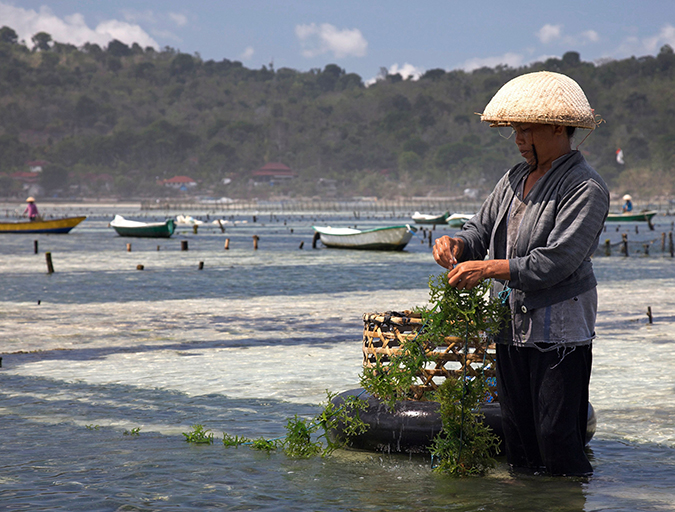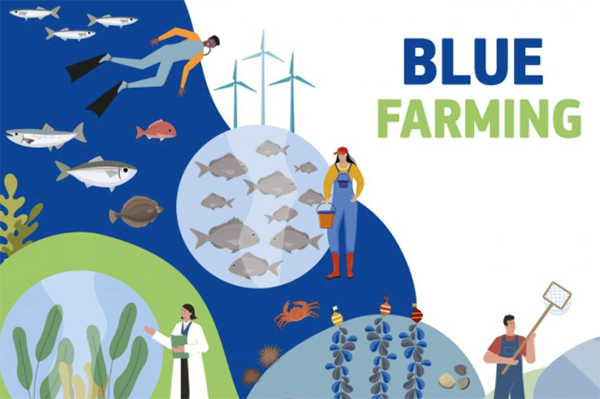Follow the Advocate on Twitter @GSA_Advocate
Policymakers can use interactive online tools to explore relevant data on aquatic foods from their own nation

A new interactive online tool and analysis shows how leveraging aquatic foods can help policymakers address multiple global challenges.
The study, which was published in Nature, compiles and analyzes existing national data to uncover the four key roles that aquatic (or “blue”) foods can play in improving national food systems’ performance and sustainability. Launched by the Blue Food Assessment team of experts, it gives policymakers access to new online tools and analysis to show the role aquatic foods can play in tackling nutrient deficiencies and cardiovascular disease and reducing the sector’s climate and environmental footprints.
The study also has broad implications for financiers, processors, retailers, development organizations and fishers themselves.
“Blue foods can play important roles in our diets, societies, and economies, but what exactly this looks like will differ greatly from one country and local setting to another,” said Beatrice Crona, lead author, professor at the Stockholm Resilience Centre at Stockholm University and co-chair of the Blue Food Assessment. “Our goal is for policymakers to fully understand the diverse contributions that blue foods can make, but also for them to consider the trade-offs that need to be negotiated to really make the most of the opportunities that blue foods provide.”
The paper looked at the potential for blue foods to deliver benefits and improvements across four policy dimensions: B12 and omega-3 nutrient deficiency, high rates of cardiovascular disease associated with excessive red (particularly processed) meat consumption, high environmental impacts, and climate adaptation and resilience to safeguard the contribution of blue food systems to nutrition, just economies, livelihoods and cultures.
For instance, researchers found that policymakers in countries with high environmental food footprints and high levels of cardiovascular disease – typified by developed countries in Europe and North America – should focus on improving production and access to blue foods, which can act as a substitute for the consumption of red meats.
In contrast, the paper suggested that policymakers in nations characterized by high environmental food footprints and high nutrient deficiencies could choose to support a greater diversity of blue food production and promote lower-cost blue foods. The research indicated farmed bivalves or small pelagic fish, such as sardines and herrings, can benefit less affluent populations while having low environmental footprints.
“By further customizing the different parameters in the online tool, decision-makers can explore the blue food policies most relevant for their national setting and use the paper to inspire blue food policies that can overcome existing environmental and nutritional challenges,” said Jim Leape, co-director of the Stanford Center for Ocean Solutions, a partner in the Blue Food Assessment.
The BFA’s published research has already shown that 93 countries have 10 percent or more of their population exposed to nutrient deficiencies despite blue food availability and that access to more affordable blue foods could prevent 166 million micronutrient deficiencies worldwide.
The assessment has also shown that blue food consumption is set to increase by 80 percent in edible weight by 2050, with blue foods already supporting the livelihoods of up to 800 million people worldwide. Yet the opportunities to take advantage of the positive contribution of blue foods to healthy and sustainable diets have not yet been fully realized.
“This latest paper brings together the insights from the entire Blue Food Assessment to provide a solid scientific base and an interactive tool, to help policymakers explore blue food-related data from their own nations, and be inspired to craft policies and actions that can realize the contributions blue foods can make to food systems around the world,” wrote the researchers in a press release.
Now that you've reached the end of the article ...
… please consider supporting GSA’s mission to advance responsible seafood practices through education, advocacy and third-party assurances. The Advocate aims to document the evolution of responsible seafood practices and share the expansive knowledge of our vast network of contributors.
By becoming a Global Seafood Alliance member, you’re ensuring that all of the pre-competitive work we do through member benefits, resources and events can continue. Individual membership costs just $50 a year.
Not a GSA member? Join us.
Author
-
Responsible Seafood Advocate
[103,114,111,46,100,111,111,102,97,101,115,108,97,98,111,108,103,64,114,111,116,105,100,101]
Tagged With
Related Posts

Responsibility
A wider view: It’s blue food’s time
There is urgency to conversations about the role of blue food in mitigating climate change, increasing momentum toward some specific goals.

Responsibility
Study: Blue foods are ‘vital’ in the global food system but excluded from policymaking agenda
A new study says blue foods are “vital” to the global food system, but are often left out of food system analyses, policies and investments.

Intelligence
‘Blue Farming’ sustainable aquaculture document updates Europe’s Farm to Fork strategy
The European Commission reaffirmed its commitment to sustainable aquaculture with the agri-food policy update Blue Farming in the European Green Deal.

Responsibility
Expanding mariculture ‘vital’ to world’s food security, study finds
A new study has found that expanding mariculture will be “vital” to ensuring food security, but seafood's future hinges on climate action.



